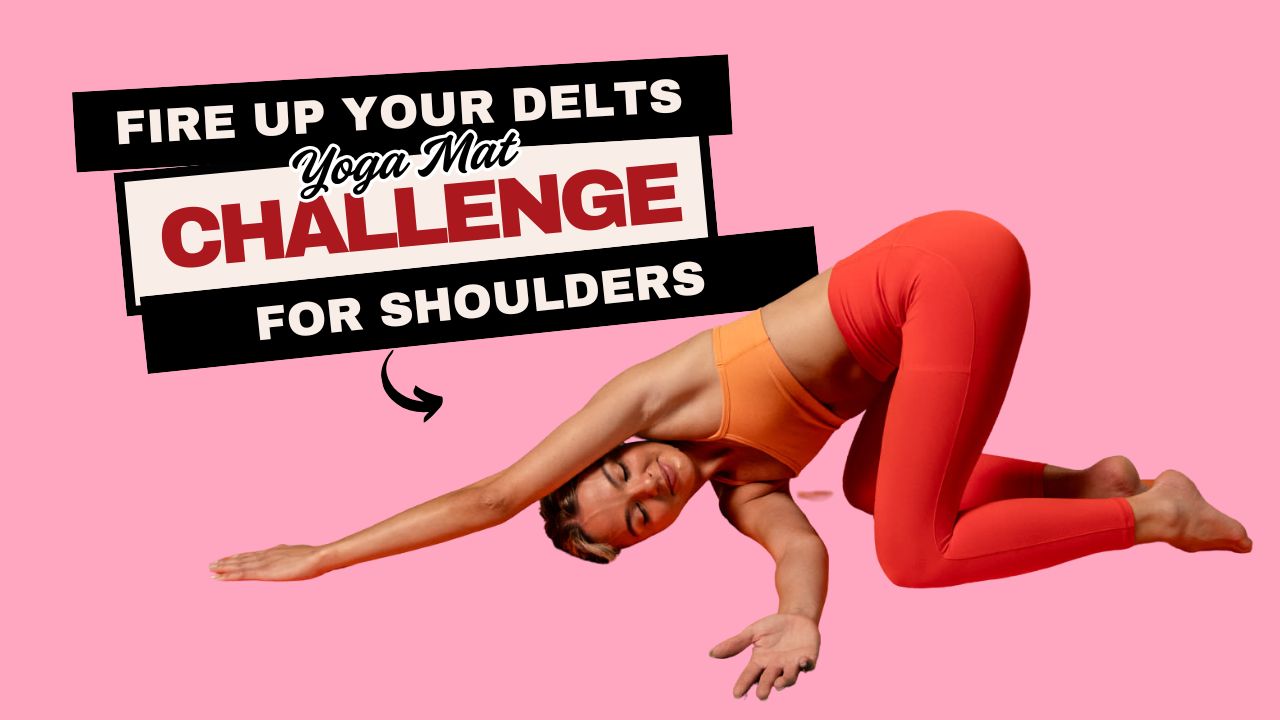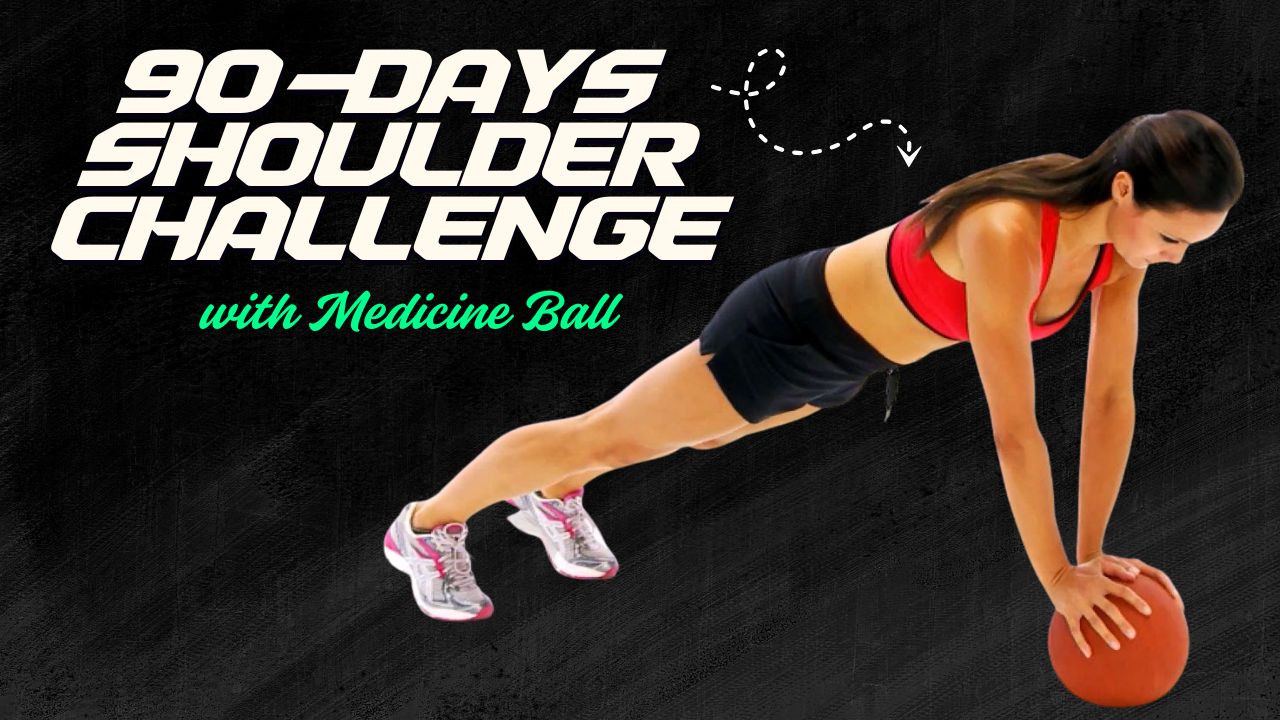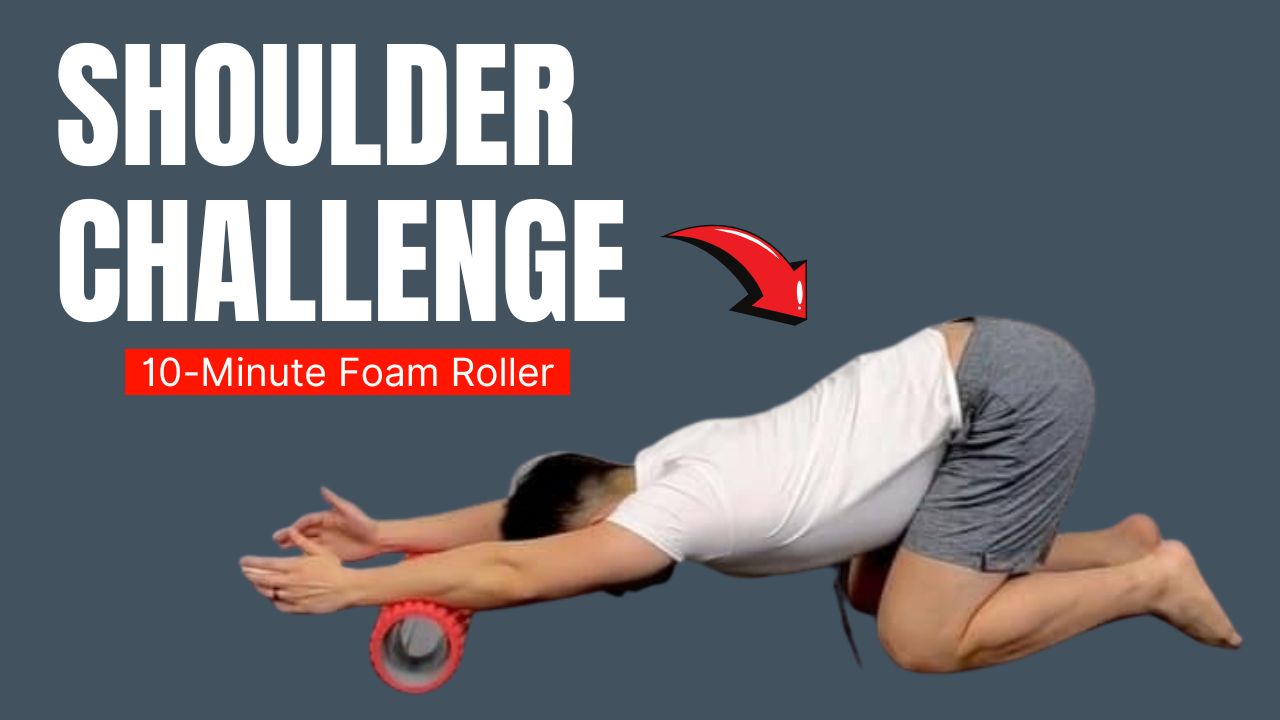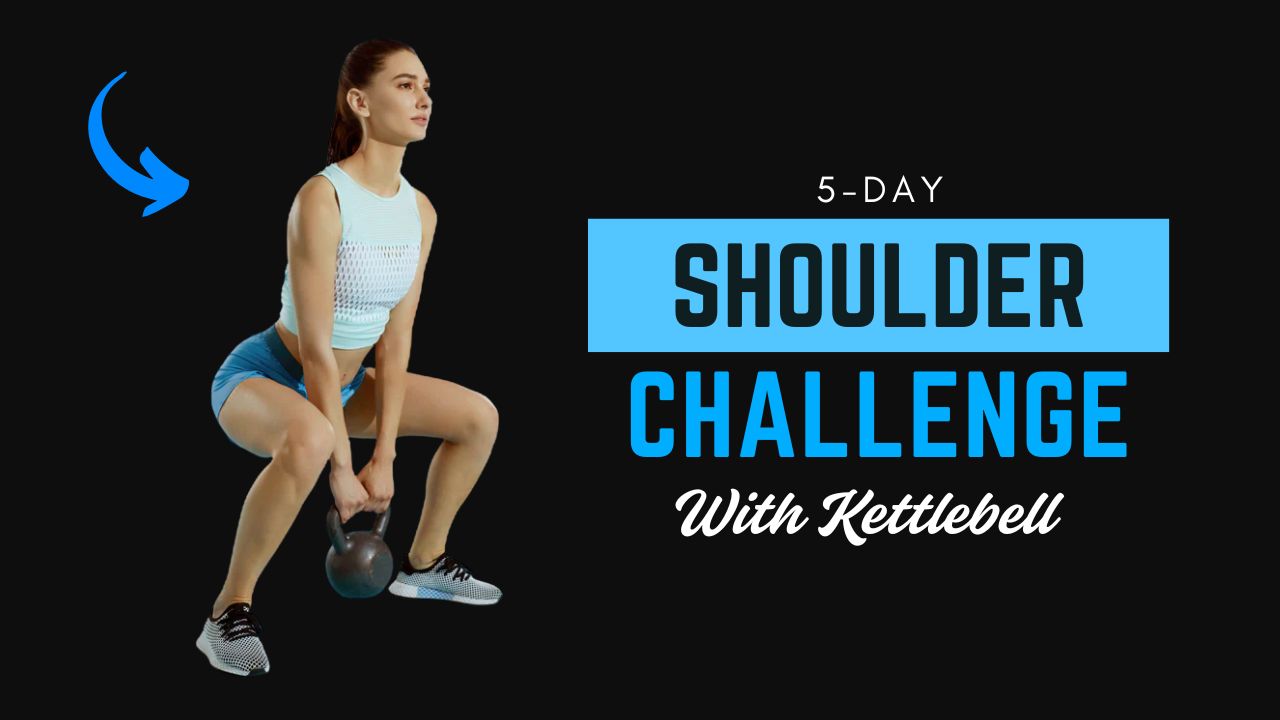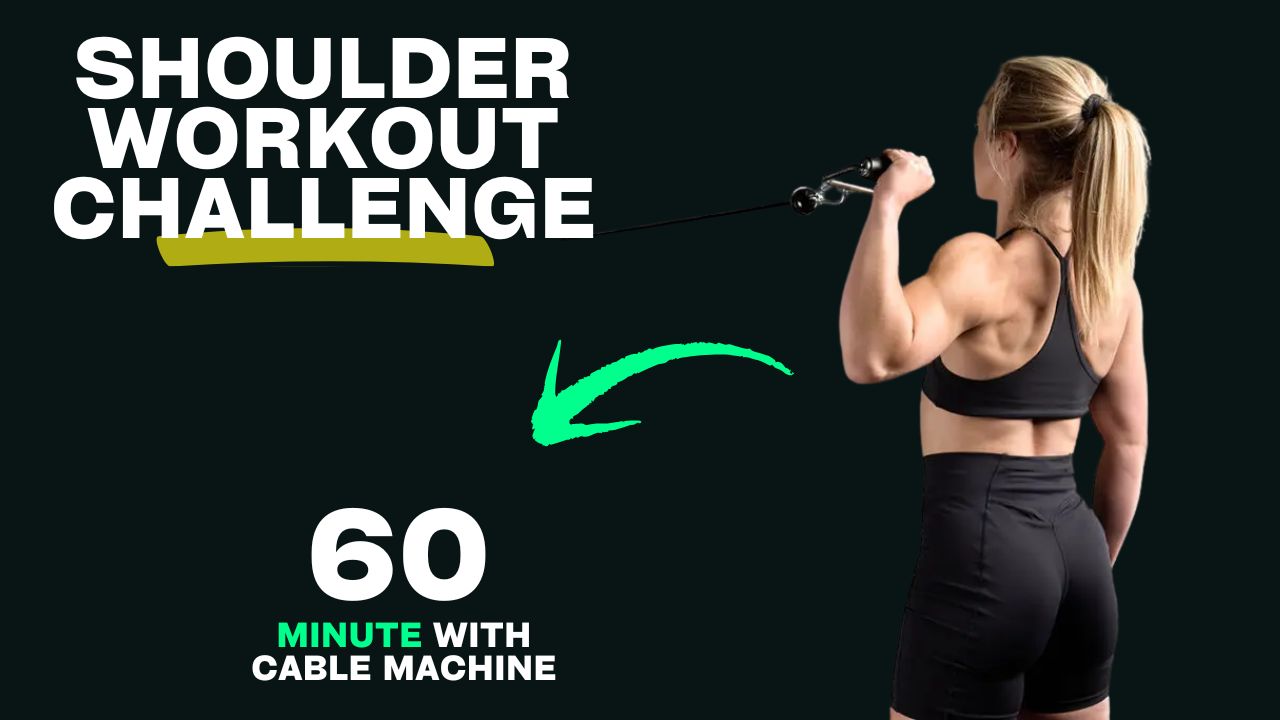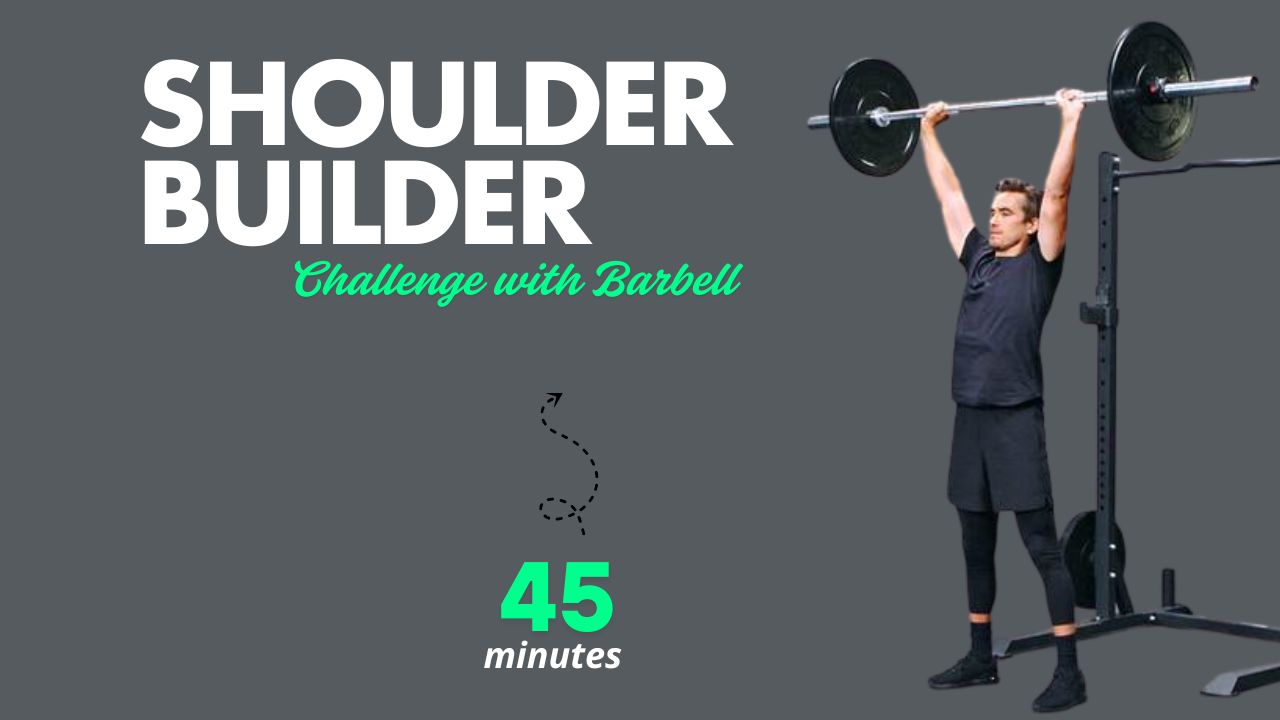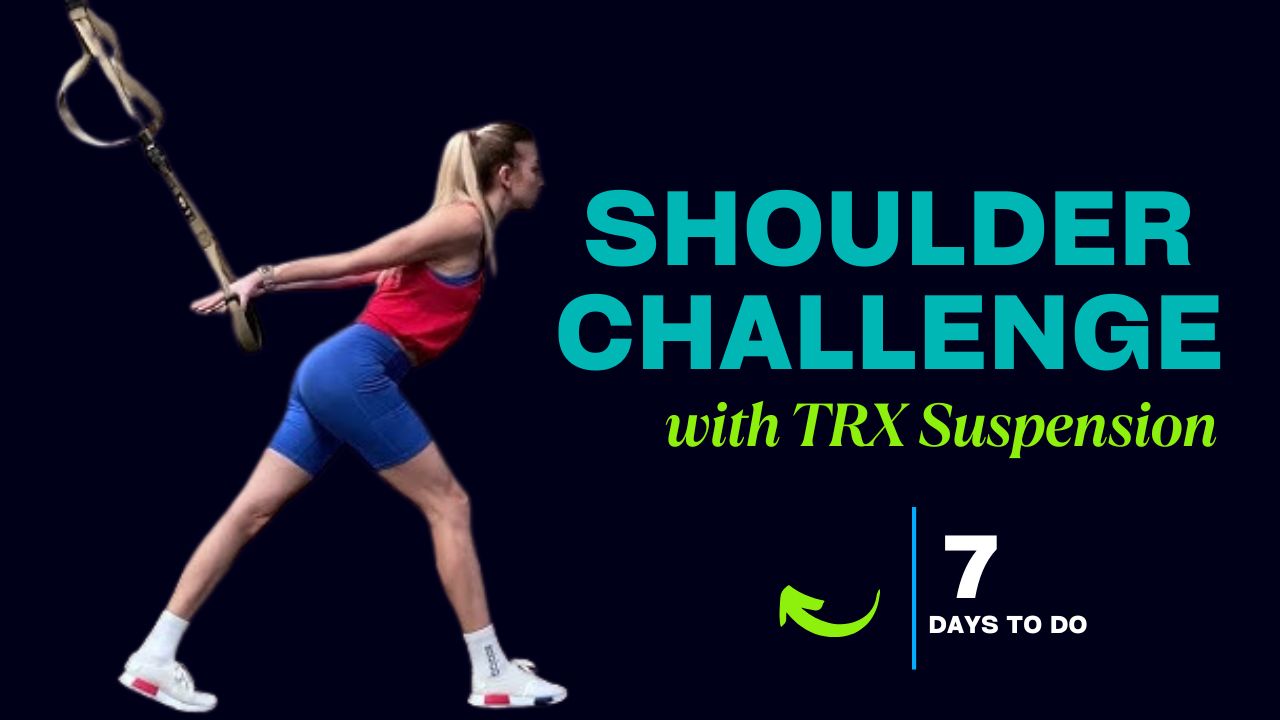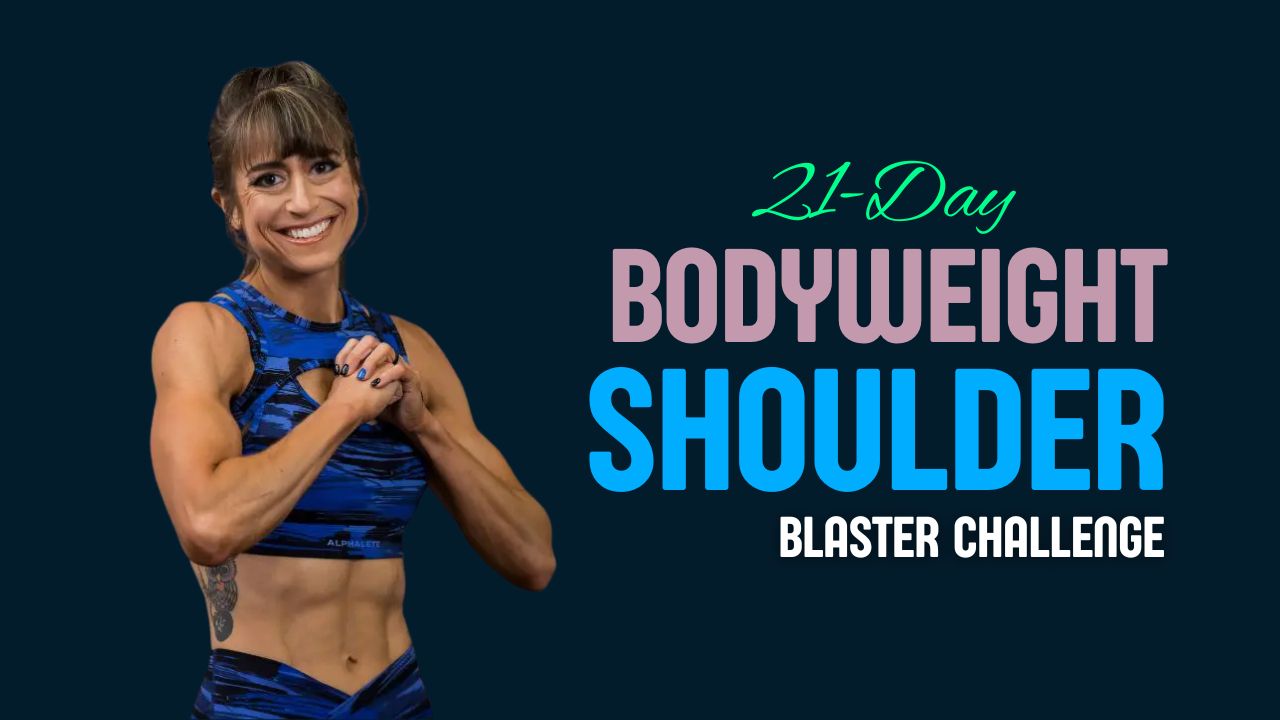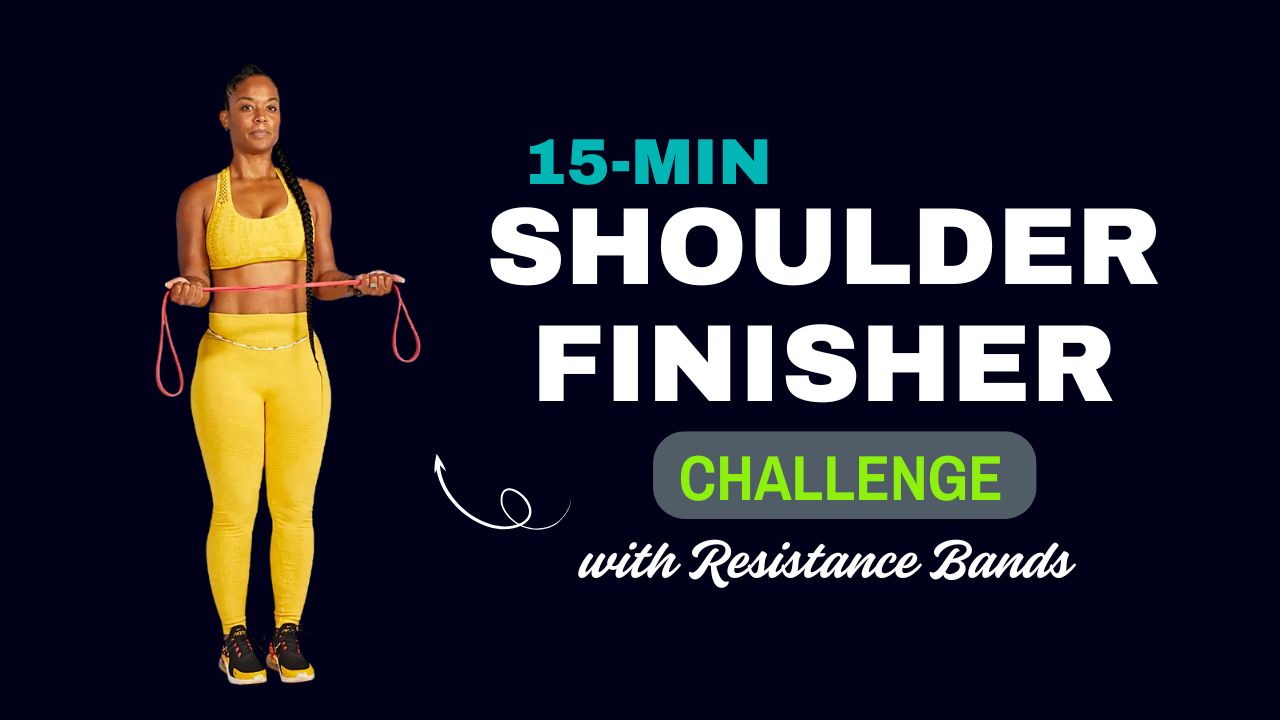Shoulders are more than just a muscle group; they’re the foundation of upper-body power, stability, and posture.
A well-developed set of shoulders doesn’t just look impressive—it improves functional strength, supports joint health, and boosts athletic performance in almost every sport or physical activity.
Yet, many people stick to the same basic shoulder presses and miss out on the dynamic benefits kettlebell training offers.
This 5-Day Kettlebell Shoulder Challenge combines power-building moves with definition-focused exercises to give you stronger, more sculpted delts in less than a week—while improving your mobility and preventing injuries.
Did You Know?
Unlike dumbbells, kettlebells shift their weight away from the handle, forcing your stabilizing muscles to work harder. This not only increases muscle activation but also challenges your coordination and grip strength.
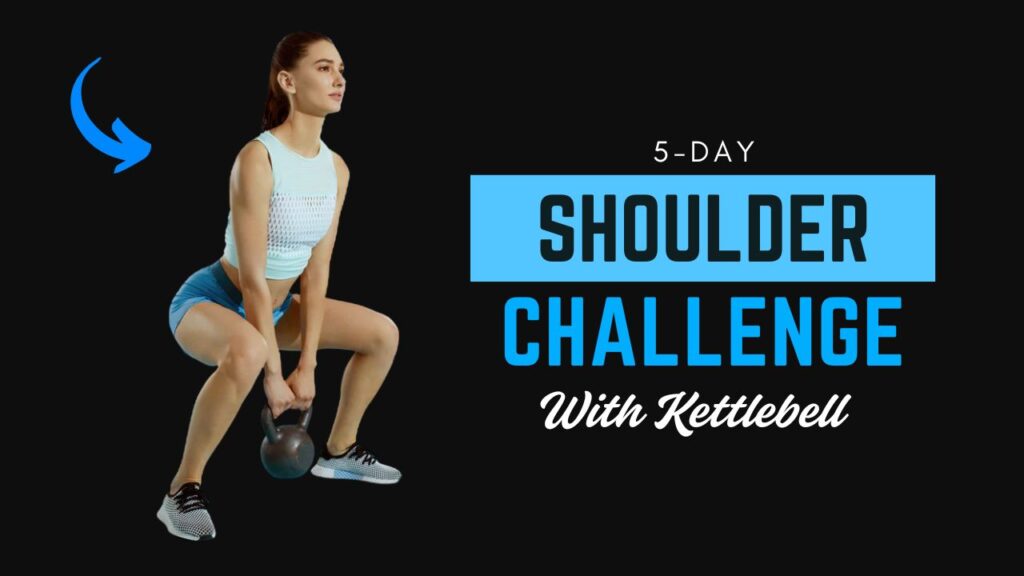
Table of Contents
Benefits of Kettlebell Shoulder Training
Before jumping into the challenge, let’s quickly break down why kettlebells are a game-changer for shoulder development:
- Improved Stabilization – The offset weight forces your shoulder stabilizers to engage more intensely.
- Functional Strength – Kettlebell movements mimic natural movement patterns, improving real-life performance.
- Injury Prevention – Strengthens rotator cuff muscles and improves joint integrity.
- Core Engagement – Many kettlebell shoulder exercises recruit the abs and obliques, making each move a compound exercise.
- Time Efficiency – Combines strength, stability, and mobility in one workout.
What Can Happen After 30 Days of the 5-Day Kettlebell Shoulder Challenge
| Potential Benefit | Description |
|---|---|
| Increased Shoulder Strength | Noticeable improvement in pressing power, making overhead lifts feel easier. |
| Enhanced Muscle Definition | More visible shape and tone in the front, side, and rear deltoids. |
| Better Posture | Stronger upper back and shoulders help pull your shoulders back, reducing slouching. |
| Improved Shoulder Stability | Greater control and balance during lifting, reducing injury risk. |
| Increased Core Strength | Many kettlebell movements engage the core, leading to improved stability. |
| Enhanced Workout Endurance | Ability to handle more reps, heavier weight, and longer training sessions. |
| Better Mind-Muscle Connection | Improved ability to activate and feel the shoulder muscles during exercises. |
Do’s & Don’ts for the 5-Day Kettlebell Shoulder Challenge
| Do’s | Don’ts |
|---|---|
| Warm up your shoulders and joints before starting each workout. | Skip the warm-up and jump straight into heavy lifts. |
| Maintain a neutral spine and engage your core during all exercises. | Arch your lower back excessively while pressing overhead. |
| Use a controlled tempo—slow on the lowering phase, steady on the lift. | Swing or jerk the kettlebell with poor form just to lift heavier weight. |
| Start with a weight you can handle confidently and progress gradually. | Choose a kettlebell that’s too heavy and risk injury. |
| Focus on proper breathing—exhale during the press, inhale during the lowering phase. | Hold your breath while lifting, which can cause dizziness or strain. |
| Perform both sides evenly to avoid muscle imbalances. | Train only your dominant side and neglect the other. |
| Rest 60–90 seconds between sets for optimal recovery. | Rush through the workout without adequate rest. |
The 5 Core Exercises in This Challenge
We’ll cover 5 targeted kettlebell shoulder moves. You’ll repeat them in different sequences over the 5-day challenge for maximum strength and definition.
1. Kettlebell Overhead Press
Description:
A foundational strength exercise that targets the deltoids, triceps, and stabilizing muscles of the core. Pressing the kettlebell overhead also engages the traps and upper chest.
How to Perform:
- Stand with feet shoulder-width apart, holding a kettlebell in one hand at shoulder height (rack position).
- Keep your wrist straight and elbow tucked slightly in.
- Engage your core and press the kettlebell overhead until your arm is fully extended.
- Lower the kettlebell back to the starting position under control.
- Perform the desired reps, then switch sides.
Form Tip: Avoid arching your lower back—tighten your glutes and abs to stabilize.
2. Kettlebell Push Press
Description:
A power-driven variation of the overhead press, using a small leg drive to push heavier weights overhead and develop explosive shoulder strength.
How to Perform:
- Hold the kettlebell in the rack position.
- Slightly bend your knees and then explosively extend your legs while pressing the kettlebell overhead.
- Lock out your elbow fully at the top.
- Lower the kettlebell slowly back to the rack position.
Form Tip: The leg drive should be minimal—you’re still making your shoulders do most of the work.
3. Kettlebell Upright Row
Description:
Targets the front delts, traps, and biceps. It’s excellent for building the “capped” shoulder look.
How to Perform:
- Hold a kettlebell with both hands in front of your thighs, palms facing you.
- Pull the kettlebell upward along your body, leading with your elbows.
- Stop when your elbows reach shoulder height.
- Lower the kettlebell back down slowly.
Form Tip: Keep your wrists neutral—don’t let them bend inward at the top.
4. Kettlebell Lateral Raise
Description:
An isolation move that focuses on the lateral deltoids, enhancing shoulder width and definition.
How to Perform:
- Stand tall, holding a kettlebell in one hand at your side.
- With a slight bend in the elbow, lift the kettlebell out to the side until your arm is parallel to the ground.
- Lower slowly under control.
- Complete reps on one side before switching.
Form Tip: Avoid swinging—use controlled motion for maximum tension.
5. Kettlebell Halo
Description:
A mobility and stability exercise that works the shoulders through a full range of motion while also engaging the upper back and triceps.
How to Perform:
- Hold a kettlebell by the horns at chest height.
- Circle the kettlebell around your head, keeping it close and controlled.
- Complete the desired reps in one direction, then switch.
Form Tip: Keep your core tight to prevent your lower back from moving during the rotation.
Myths About Shoulder Training You Should Stop Believing
- Myth 1: Lifting heavier is always better.
Truth: Technique and controlled movement often lead to better gains and fewer injuries. - Myth 2: Isolation is all you need for definition.
Truth: Compound lifts like the kettlebell press build both mass and shape. - Myth 3: Shoulder training is only for aesthetics.
Truth: Strong shoulders improve posture, reduce neck strain, and boost overall athleticism.
Safety & Form Essentials
- Warm Up First: Shoulder joints are delicate—start with dynamic stretches.
- Use a Weight You Can Control: Don’t sacrifice form for load.
- Balance Your Training: Include pulling movements to avoid muscle imbalances.
- Progress Gradually: Increase reps or weight only after mastering form.
The 5-Day Kettlebell Shoulder Challenge Routine
This program is designed for intermediate lifters but can be scaled down for beginners.
- Rest Between Sets: 60–90 seconds
- Tempo: Controlled on the way down, explosive on the way up
- Equipment Needed: 1–2 kettlebells of moderate to heavy weight
| Day | Exercise | Sets | Reps |
|---|---|---|---|
| Day 1 – Strength Foundation | Kettlebell Overhead Press | 4 | 8–10 each side |
| Kettlebell Upright Row | 3 | 12 | |
| Kettlebell Halo | 3 | 8 each direction | |
| Day 2 – Power & Explosiveness | Kettlebell Push Press | 4 | 6–8 each side |
| Kettlebell Lateral Raise | 3 | 12 each side | |
| Kettlebell Halo | 3 | 10 each direction | |
| Day 3 – Endurance Burn | Kettlebell Overhead Press | 3 | 12 each side |
| Kettlebell Upright Row | 3 | 15 | |
| Kettlebell Lateral Raise | 3 | 15 each side | |
| Day 4 – Strength & Mobility | Kettlebell Push Press | 4 | 8 each side |
| Kettlebell Halo | 4 | 8 each direction | |
| Kettlebell Overhead Press | 3 | 10 each side | |
| Day 5 – Challenge Day | Circuit: Perform each move back-to-back for 4 rounds | 8–10 reps each | |
| Overhead Press, Push Press, Upright Row, Lateral Raise, Halo | – | – |
Conclusion – Stronger, More Defined Shoulders in Just 5 Days
The 5-Day Kettlebell Shoulder Challenge isn’t just about building visible muscle—it’s about enhancing strength, stability, and overall athletic performance.
By combining power-based movements with definition-focused isolation work, you target every part of the shoulder, from the front delts to the rear stabilizers, while also engaging your core and improving mobility.
The beauty of kettlebell training lies in its efficiency. In just a few short, focused sessions, you can challenge your muscles in ways that traditional dumbbell or machine work often can’t match. Commit fully to each workout, focus on perfect form, and progressively increase the challenge as your strength improves.
Stick with this plan, listen to your body, and in less than a week you’ll not only see the difference in your shoulders—you’ll feel the difference in your posture, your pressing power, and your overall confidence.
Frequently Asked Questions (FAQs)
Can beginners do the 5-Day Kettlebell Shoulder Challenge?
Yes. Beginners should start with lighter kettlebells, reduce the sets/reps, and focus on mastering form before increasing the load.
How heavy should my kettlebell be for shoulder exercises?
Choose a weight that allows you to complete all reps with good form but still feels challenging for the last 1–2 reps. For most, this is between 8–16 kg (18–35 lbs).
Can I do this challenge more than once?
Absolutely. You can repeat it after a 2–3 day rest period, or integrate it into your regular workout plan.
Will kettlebell training make my shoulders bulky?
Not unless you’re eating in a calorie surplus and progressively lifting heavier. Most people will see more definition and tone rather than bulk.
Can I combine this with other workouts?
Yes, but avoid overtraining your shoulders. Pair with lower body or cardio-focused workouts on alternate days.
What if I don’t have kettlebells?
You can substitute dumbbells, but the feel and muscle activation will be slightly different since kettlebells shift the weight differently.
How soon will I see results?
You may notice increased shoulder strength and stability within a week. Visible definition depends on factors like body fat percentage, diet, and workout consistency.
Do I need to warm up before this challenge?
Yes. A proper warm-up improves performance and reduces injury risk. Include dynamic arm swings, shoulder rotations, and light pressing before lifting heavier weights.
